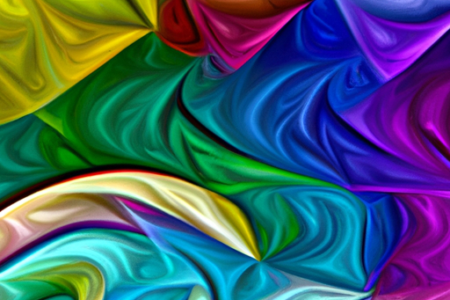key principles of conceptual art is the idea or concept behind the artwork, rather than the physical object itself. This shift in focus gave birth to artworks that often relied on text, language, and instructions to convey their meaning. Influential figures such as Marcel Duchamp and Sol LeWitt played a significant role in the development of conceptual art, challenging traditional notions of artistic skill and craftsmanship. Conceptual art also emerged as a response to the commercialization of the art world, aiming to challenge the commodification of art and redefine the relationship between art, the artist, and the viewer. Overall, the origins of conceptual art can be traced back to avant-garde movements of the early 20th century and continue to push boundaries in the art world today.









